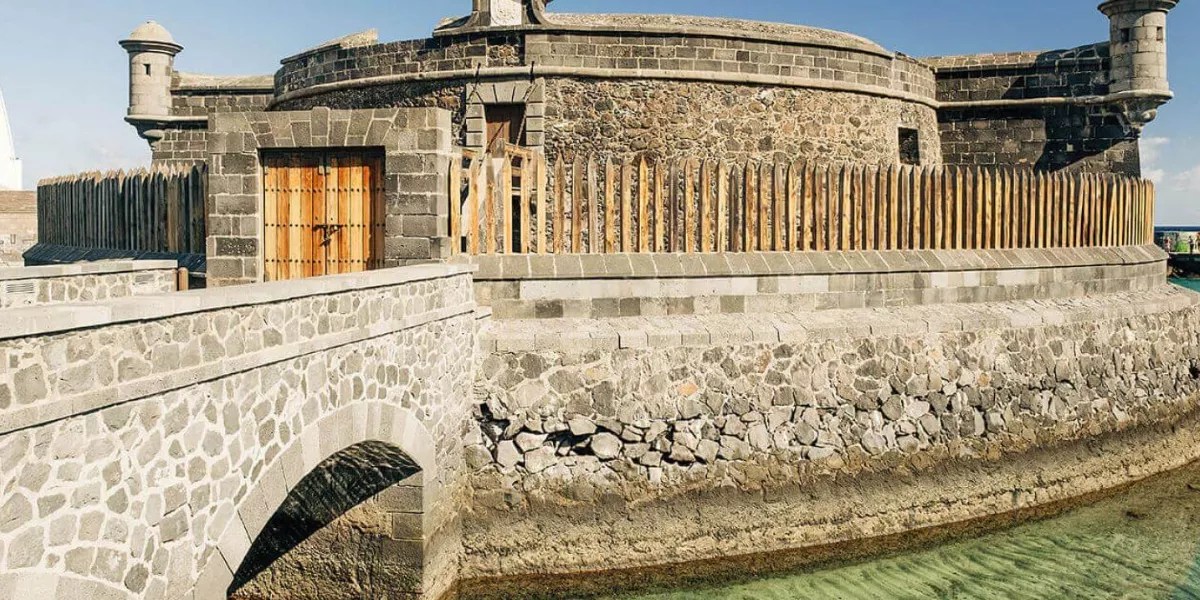When it comes to whale watching, Tenerife is quite the spot. Nestled in the Canary Islands, this island offers more than just beautiful beaches and volcanic landscapes. The surrounding waters are home to some extraordinary marine life, especially whales and dolphins. It’s something that, I think, even the most casual visitor wouldn’t want to miss if they find themselves there.
Why Tenerife is Perfect for Whale Watching
The Atlantic Ocean around Tenerife is pretty special. Its warm currents, combined with the island’s location, create a sort of hotspot for various whale species. You’ll find pilot whales, bottlenose dolphins, and even some larger species like sperm whales fairly close to shore.
What’s interesting is that these animals are here year-round. It’s not just a seasonal thing, which makes the experience more reliable for tourists and locals alike. I remember hearing from a guide who said the waters around Tenerife are among the best whale-watching spots in Europe, mainly because of this consistency.
The Types of Whales You Might See
You’re most likely to spot pilot whales. They’re quite social and often seen travelling in groups, sometimes with calves in tow. These mammals are fascinating, really; they have this intelligence and curiosity that makes watching them feel like getting a glimpse into another world.
Then there are bottlenose dolphins – playful and acrobatic. Seeing them leap just above the waves can be a highlight for many. On a less frequent note, you might catch sight of sperm whales, known for their deep diving capabilities and immense size.
What to Expect on a Whale Watching Trip
If you decide to go whale watching, the tours usually depart from ports like Los Cristianos or Puerto Colón. Trips can last from two to four hours, depending on the operator and how far out they go.
One thing I’d mention is that the sea can be a bit unpredictable. So, it’s a good idea to prepare for some movement and maybe bring a little motion sickness remedy if you’re prone to that sort of thing. Also, the boats tend to make multiple stops once whales or dolphins are spotted, giving you a good chance to enjoy the views and get some decent photos.
Best Time to Go
While you can see whales almost any time, the months from March to November tend to offer the best conditions. The sea is generally calmer, and the weather is warmer, which makes for a more comfortable trip. But, honestly, even outside these months, there’s still a chance to catch sight of these ocean giants.
Why It Feels Special
There’s something quite humbling about seeing whales up close in their natural habitat. It’s a reminder of just how vast and mysterious the ocean is. On one of my trips, I remember a moment when the boat grew silent because a pod of pilot whales was just beneath the surface, moving slowly alongside us. It felt peaceful, almost like being part of a quiet, shared secret.
So, whether you’re a nature lover, a photographer, or just someone looking for a memorable experience, whale watching in Tenerife offers plenty. It might not be perfect every time – sometimes the whales keep a respectful distance, or the weather might not cooperate – but that unpredictability is part of the charm.
If you’re planning a visit, it’s worth carving out a few hours for this. There’s a good chance you’ll leave with a story to tell and a new appreciation for the ocean’s gentle giants.















